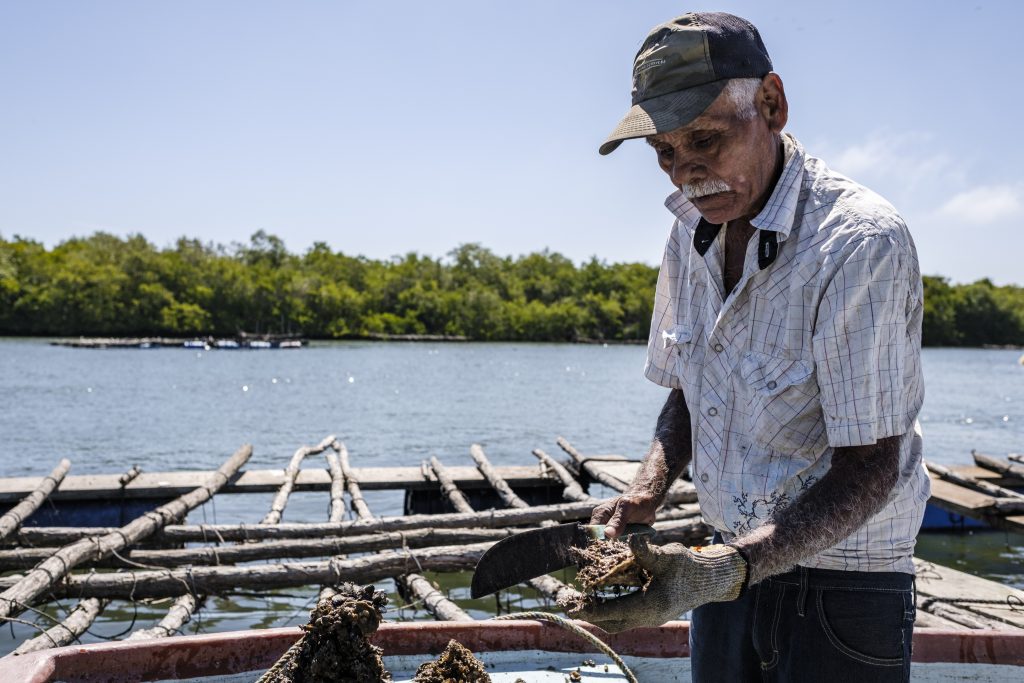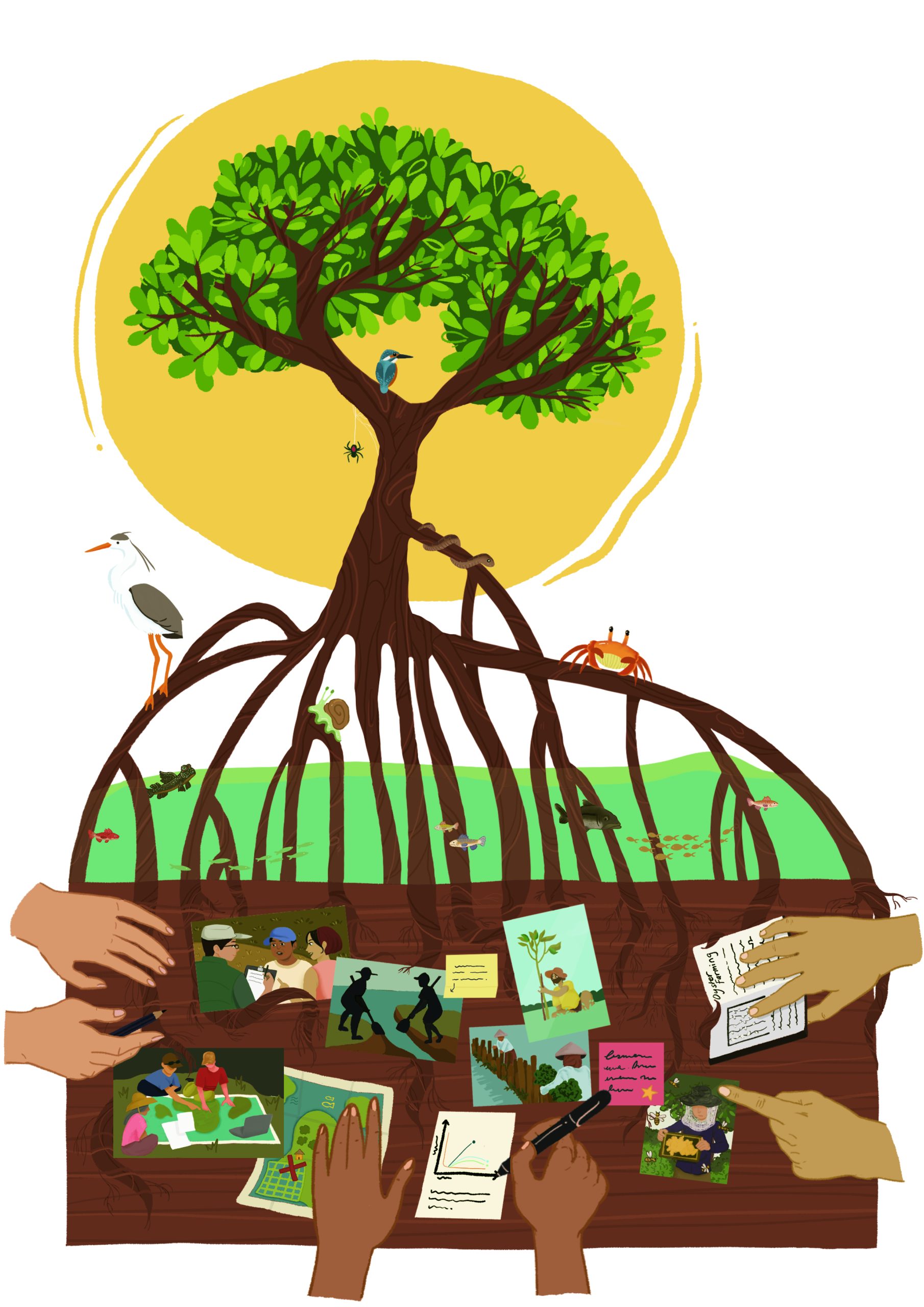Mangroves comprise approximately three percent of the world’s forest cover, but store 10 times more carbon per hectare than terrestrial forests. They serve as invaluable nurseries for countless marine species, including fish—some of which are important for food security—and also mitigate coastal flooding and erosion. Consequently, mangroves receive a significant amount of international funding for their protection and restoration. However, for restoration to succeed it’s vital to select suitable restoration sites.
What makes a site suitable for mangrove restoration? It’s usually a combination of factors. It’s infeasible to implement restoration actions, if the ecological conditions that mangrove species require aren’t met. Although they can tolerate high salt concentrations and flooded environments, too much of either can kill them. For instance, large-scale mangrove planting efforts are conducted every year, but a lot of the seedlings die because they are planted outside the species’ tolerance thresholds to flooding conditions.
While the ecological requirements of the mangrove species need to be considered, another key aspect to take into account when undertaking restoration is the people. Imagine if you woke up one morning to find someone had installed fencing around your beloved vegetable patch, and you could no longer harvest your fruit and vegetables. This may be similar to how some communities feel when an area they live in or utilise for local livelihoods becomes the target of conservation or restoration projects. Without local support, engagement or cooperation, restoration is unlikely to succeed.

Photo credit: Jason Houston/WWF-US
In a recent study published in Conservation Biology, researchers investigated how the likelihood of restoration success could be increased through the integration of both ecological and socioeconomic data. The team used the Biosphere Reserve Marismas Nacionales Nayarit in Mexico as a case study to trial their approach. They analysed the suitability of restoration sites using only ecological characteristics, such as the ability of mangrove seeds to grow in changing sea levels. Next, they analysed site suitability using only socioeconomic characteristics, such as how the local community uses and values mangroves. Finally, site suitability was analysed using both ecological and socioeconomic data. The researchers found that when both datasets were considered simultaneously, they were able to identify sites with a higher chance of restoration success.
Unfortunately, it is typical for scientific information to not be incorporated into restoration projects. There are several reasons for this, including limited technical training, lack of access to information, and short delivery timelines for implementation. However, this study was conducted in collaboration with the managers of the biosphere reserve and NGOs that are working in the area. Therefore, it directly informs allocation of available resources and makes it a great example of science informing conservation decision-makers.
If significant amounts of conservation funding continue to be allocated to mangrove restoration, we want to make sure that these efforts are successful, and that the money is used wisely. This study provides an example of how this can be done effectively.
Further Reading:
Villarreal-Rosas, J., C. J. Brown, D. A. Andradi-Brown, R. Domínguez, P. Jacobo, A. Martínez, C. Mascote et al. 2024. Integrating socioeconomic and ecological data into restoration practice. Conservation Biology: e14286. https://doi.org/10.1111/cobi.14286.






